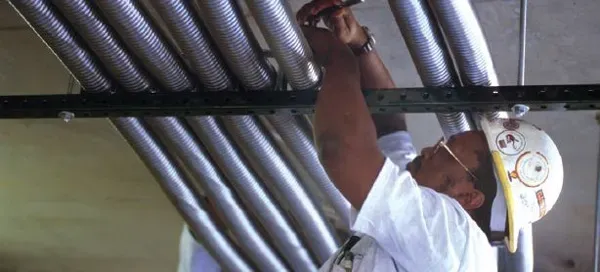Dec . 25, 2024 22:12 Back to list
butterfly valve flange end
Understanding Butterfly Valve Flange Ends A Comprehensive Overview
Butterfly valves are essential components in various industrial applications, designed to regulate or isolate the flow of fluids. Their simple, robust design makes them suitable for a broad range of uses, from water supply systems to chemical processing. One crucial feature of butterfly valves is the flange end, which plays a significant role in how these valves connect with pipelines and other equipment. This article will delve into the characteristics, benefits, and installation considerations of butterfly valve flange ends.
What is a Butterfly Valve?
A butterfly valve consists of a circular disc or vane that rotates around an axis to control fluid flow. When the valve is fully open, the disc aligns with the flow direction, allowing fluids to pass through with minimal resistance. Conversely, when closed, the disc blocks the flow, enabling the valve to act as an effective shut-off mechanism. Their relatively straightforward construction results in lower manufacturing costs and a lightweight profile, making them a popular choice across numerous industries.
Flange Ends Explained
Flange ends are integral parts of many butterfly valves, serving as the connection points between the valve and the piping system. Flanges are flat pieces of metal, typically circular, with holes for bolts along their perimeter. There are various types of flange standards, including ANSI, DIN, and JIS, each differing in dimensions and pressure ratings. The flange design allows for easy installation, maintenance, and disassembly, contributing to the overall efficiency of valve operation.
Advantages of Flanged Butterfly Valves
1. Ease of Installation Flanged butterfly valves are designed for straightforward connection to different pipe systems. The uniformity of flange dimensions across industry standards allows for compatibility with various pipe materials and sizes, simplifying the installation process.
2. Secure and Leak-Free Connections The use of bolts ensures tight and secure connections between the valve and the pipe, minimizing the risks of leaks. This is essential in maintaining system integrity, especially in applications involving hazardous or high-pressure fluids.
3. Versatility Flanged butterfly valves are versatile components suitable for a variety of fluids, including water, gas, and many industrial chemicals. Their ability to handle various temperatures and pressures further increases their application range.
butterfly valve flange end

4. Space Efficiency Compared to other valve types, butterfly valves with flange ends typically require less installation space, making them ideal for situations where space is at a premium.
5. Cost-Effectiveness Due to their simple design and compatibility with standard flanges, flanged butterfly valves often come with lower installation and maintenance costs, making them an economical choice for many projects.
Installation Considerations
While flanged butterfly valves provide many benefits, careful consideration during installation is crucial for optimal performance
- Alignment It’s essential to ensure the valve is properly aligned with the pipe to avoid stress on pipe joints, which could lead to premature wear or failure.
- Bolt Tightening Proper bolt torque must be applied according to manufacturer specifications. Uneven tightening can lead to leaks or damage to the valve.
- Gasket Selection The choice of gaskets is also vital, as they are responsible for ensuring airtight seals. Different applications may require different types of gaskets based on the fluid being conveyed and its temperature and pressure.
- Regular Maintenance Regular inspections for signs of wear, leaks, or corrosion are necessary. Proper maintenance extends the life of butterfly valves and helps prevent unexpected downtime.
Conclusion
Flanged butterfly valves are a reliable choice for controlling fluid flow in various systems. Their ease of installation, secure connections, and affordability make them an advantageous option for many industrial applications. Understanding the characteristics and proper installation practices of these valves ensures their efficient operation, ultimately contributing to a more streamlined and cost-effective fluid handling system. As industries continue to evolve, the role of flanged butterfly valves will remain critical in supporting efficient and effective fluid flow control.
Share